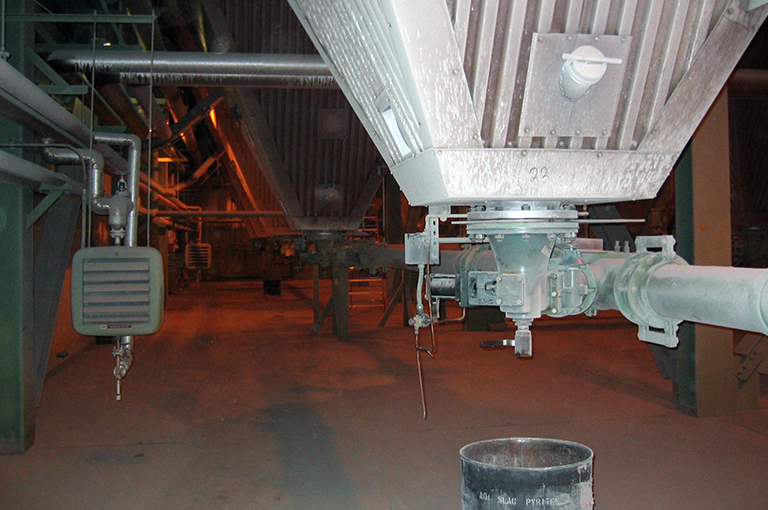Debunking Common Baghouse Misconceptions
One of the most effective ways to extend the life of your baghouse is a return to the basics. Appropriate start-up procedures and a policy of cleaning based on differential set points, for example, are essentials that should be standard at every plant using a baghouse.
To grasp why such basics are so important, though, it helps to understand the essentials of how baghouses work. This article briefly debunks the three most common baghouse misconceptions. Get these points down, and you’re well on your way to maximizing the lifespan and efficiency of your baghouse.
Please note: these misconceptions do not apply if you are using PTFE or Teflon-coated bags.
Misconception #1: Bags Filter
Fabric filter bags themselves do not perform the fine filtering of particles from the gas stream. Instead, it is the control layer of dust on the bags that does the filtering. Gas flows through the filter bags, and particles collect on the control dust layer. This is why proper start-up of new bags is so critical; without the control layer, particles get embedded in the fabric itself, eventually leading to prematurely blinded bags.
Misconception #2: Over-Cleaning is Better than Under-Cleaning
In most areas of our lives, the cleaner something is the better. Not so with fabric filter bags. When bags are cleaned excessively, the control layer of dust gets knocked off, and the fabric is left exposed. If a new control layer is not applied, fine dust particles get embedded in the fabric, leading to blinded bags. The decision about when to clean should always be based on differential pressure (DP) rather than time elapsed since the last cleaning. This saves bags and energy, and cuts down on emissions. (In a healthy baghouse, most emissions occur during cleaning.)
Misconception #3: Filtering Wears Out Bags
There’s another reason not to clean fabric filter bags excessively: it is not filtering that wears out the fabric, but rather the cleaning process. Every time bags are cleaned, the fabric gets flexed; the indices open up, dust flows through, and some of that dust gets trapped. Excessive flexing also causes the fibers to break down. All bags eventually wear out, but they last a lot longer if cleaning is done only when necessary.
Helpful Resources
KnowledgeBase: Misconceptions Overview
KnowledgeBase: Baghouse / FF Overview
Our Capabilities: Analytical & Laboratory Services
Our Capabilities: Equipment Assessments & Inspections
Our Capabilities: Bag Life & Troubleshooting


